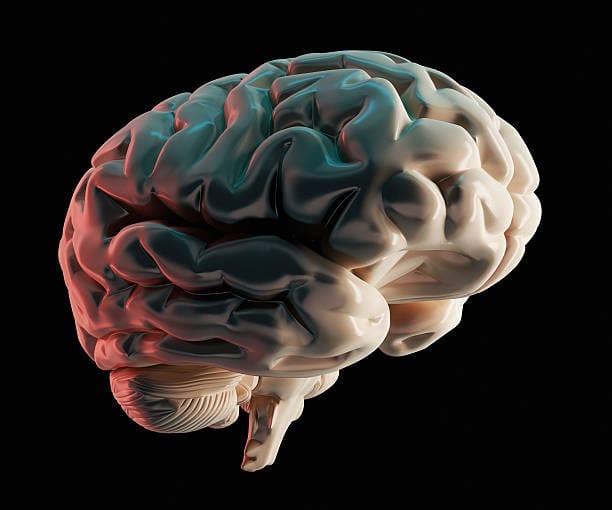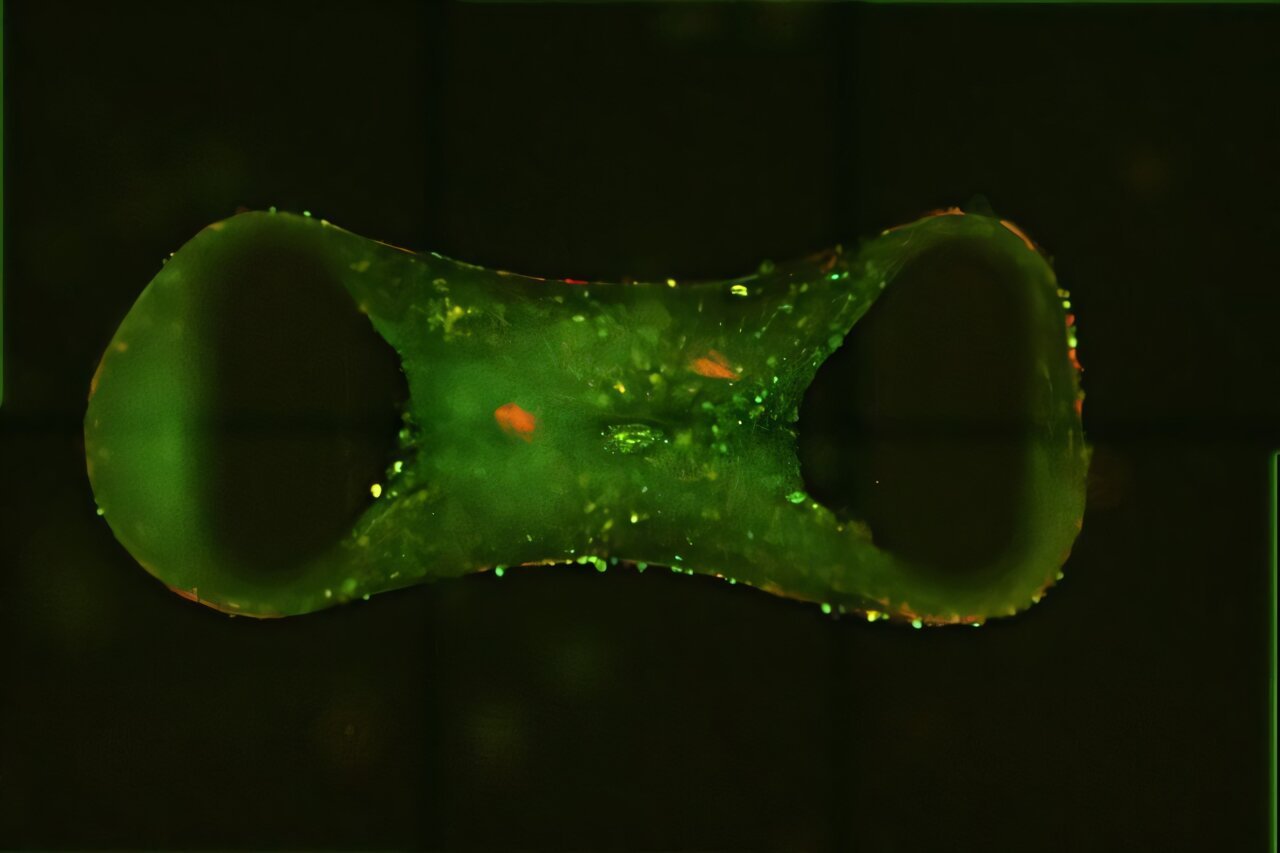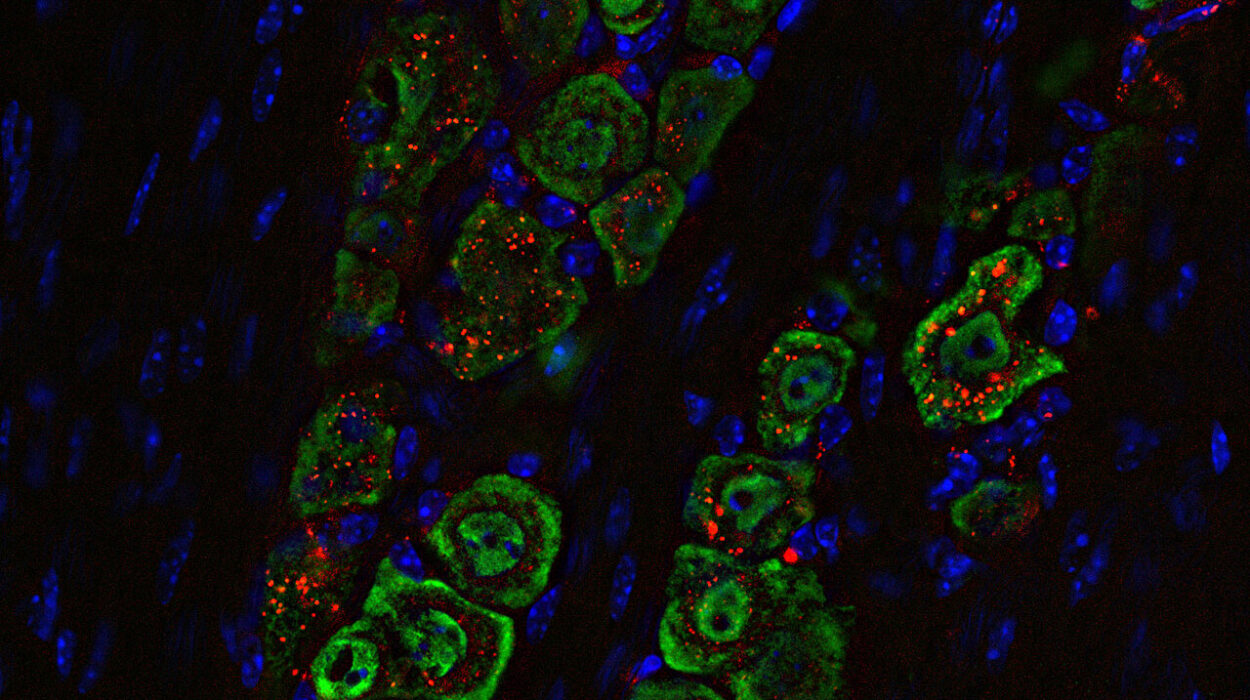For centuries, humans have speculated about what determines the sex of a child. From old wives’ tales about how a pregnant woman carries to beliefs about timing and diet, people have long searched for clues—or even control—over whether a baby will be a boy or a girl. But science has painted a far more nuanced and biologically intricate picture. Now, a new study published in Adaptive Human Behavior and Physiology adds a curious twist: men with more dominant-looking faces may be more likely to father first-born sons.
The findings, while preliminary and not yet definitive, are sparking renewed interest in the biological and evolutionary forces that could quietly shape such a fundamental outcome. The implications challenge our understanding of sex determination and hint at deeper, perhaps unconscious, dynamics between human facial features, mate selection, and reproductive patterns.
A Fresh Lens on an Age-Old Mystery
Biological sex determination in humans is commonly considered a genetic lottery—an X from the mother and either an X or a Y from the father, tossed together in a chromosomal coin flip. But researchers have long suspected that this flip may not be as fair or as random as it seems.
This new research, led by Benjamin Zubaly and colleagues, delves into the hypothesis that certain parental traits—particularly dominance-related ones—could tilt the scales. The study zooms in on a specific question: does how dominant a father looks affect whether his first child is male?
Interestingly, while various evolutionary theories have attempted to answer similar questions in the past, including the Trivers-Willard hypothesis and the maternal dominance hypothesis, evidence has been inconsistent. This study set out to re-examine these questions through a focused lens: facial dominance and first-born offspring sex.
Peering Into the Faces of Fathers
To conduct the study, researchers recruited 104 heterosexual couples with at least one child through the online platform Prolific. Each couple submitted facial photographs and filled out personality assessments measuring self-perceived dominance. Importantly, these facial images were later rated by university students, who evaluated how dominant, attractive, and masculine or feminine each face appeared.
The goal was to assess both perceived and physical dominance. One key measurement was facial width-to-height ratio (fWHR), a feature often linked to dominance in previous research. The team also evaluated facial expressions and used standardized photography conditions to reduce bias. The central data point: whether the couple’s first child was a boy or a girl.
The team used three different scales to gauge self-reported dominance: a trait checklist, a subscale from a broader personality inventory, and a context-based measure of social control and influence. This multi-pronged approach ensured that psychological dominance was captured across multiple dimensions.
The Surprising Strength of Facial Impressions
What the researchers found was striking. Fathers with faces rated as more dominant by external observers were significantly more likely to have had sons as their first children. In fact, for every standard deviation increase in perceived facial dominance—especially with neutral expressions—the likelihood of a first-born son increased by 83%.
Even when controlling for other factors such as attractiveness, masculinity, and age, this effect remained. Surprisingly, the fWHR, which had previously been associated with dominance in other studies, did not reliably predict child sex in this sample. Nor did the men’s own assessments of their dominance.
The effect also appeared to be exclusive to fathers. Mothers’ facial dominance, self-perceived dominance, and facial width-to-height ratios were not linked to the sex of the child. This asymmetry suggests that male facial appearance might carry a unique influence—possibly through mate choice or biological mechanisms.
Evolutionary Clues from Psychology
The results tie into long-standing theories in evolutionary psychology. The Trivers-Willard hypothesis, first proposed in 1973, suggests that parents in better physical or social condition might be more likely to have sons, who—evolutionarily speaking—could yield higher reproductive success. A strong, dominant male might pass on traits that would help his sons thrive in competitive environments.
On the other hand, the maternal dominance hypothesis posits that more dominant women might be biologically predisposed to have male children. Yet, in this study, no such effect was found for women, shifting the spotlight onto men’s facial appearance.
One speculative explanation is that women with higher testosterone levels—associated with conceiving male offspring—might unconsciously gravitate toward more dominant-looking men. This preference could subtly nudge the odds toward having a boy. It’s a theory that meshes with prior research showing that women who expect to have sons tend to find dominant men more attractive.
While these mechanisms remain unproven, the idea that partner choice might be influenced by underlying hormonal conditions, which in turn influence child sex, is a fascinating one.
A Tale of Two Studies
This isn’t the first study to explore the link between facial dominance and offspring sex. Earlier research by Palmer-Hague and Watson found that high facial dominance in both parents was associated with having a son. However, the new study didn’t find any significant effect of maternal dominance or any interaction between the dominance levels of both parents. The father’s appearance alone seemed to matter.
The authors propose that self-perception may not align with how others judge us. While we may think we know how dominant we are, our faces might tell a different story to the world—and possibly to prospective mates. The discrepancy between self-reported and perceived dominance adds a new dimension to understanding human social signaling.
What Could Be Driving This Effect?
Despite the correlations, the study doesn’t claim to have pinpointed a causal relationship. Many possible mechanisms remain unexplored. Is it hormonal alignment between partners? A behavioral feedback loop between perceived dominance and mate preference? Could social or psychological traits tied to dominance influence sperm quality or timing of conception?
Another possibility is that facial features influence social interactions and mating dynamics in ways that subtly affect reproductive outcomes. Dominant-looking men might attract more attention or elicit stronger reactions, leading to differences in intimacy timing that could shift conception windows in favor of one sex over another.
Still, the idea that something as subtle as a face could have any influence on something as momentous as the sex of a child feels both tantalizing and slightly unsettling.
Limitations and Open Questions
As compelling as the results are, the study has limitations. For one, it relies on retrospective data—parents reported on their children after the fact, sometimes years later. Although the researchers used statistical controls to address this, prospective studies that track couples from pre-conception through birth would offer stronger evidence.
The sample size, while diverse and cross-cultural, was relatively modest, and cultural differences in perceptions of dominance were not deeply explored. It’s also possible that the photos, while standardized, didn’t capture the full range of facial expression or body language that might play a role in mate choice or dominance signaling.
Lastly, while student raters showed consistency in their judgments, cultural and individual differences in what is considered “dominant” might affect how universally applicable the findings are.
The Fascination Continues
Despite its unanswered questions, this study reopens the door to a classic scientific curiosity: can who we are—how we look, how we act—shape the most basic facts of our legacy? It raises broader questions about how evolution operates in subtle, often invisible ways in modern life.
Benjamin Zubaly, the study’s lead author and incoming PhD student at the University of Michigan, reflects on this tension: “I suspect that for many people, observations in everyday life suggest that the characteristics of parents influence whether they have a son or daughter. My own intuitions are that the sex of one’s offspring is completely random. But that’s exactly why testing these hypotheses is so important—it helps us examine the instincts we take for granted.”
Toward a Deeper Understanding of Human Reproduction
While the science of reproduction has advanced dramatically over the last century, the subtleties of what governs biological sex remain an active area of inquiry. From sperm motility and hormonal environments to mate selection and even social psychology, the interplay of factors is far more complex than a simple coin toss.
This latest research adds a provocative piece to the puzzle: our faces—those canvases of emotion and identity—might say more about our reproductive stories than we ever imagined. Whether future studies confirm, refute, or refine these findings, one thing is certain: the quest to understand how we come to be, and why we come to be the way we are, is far from over.






